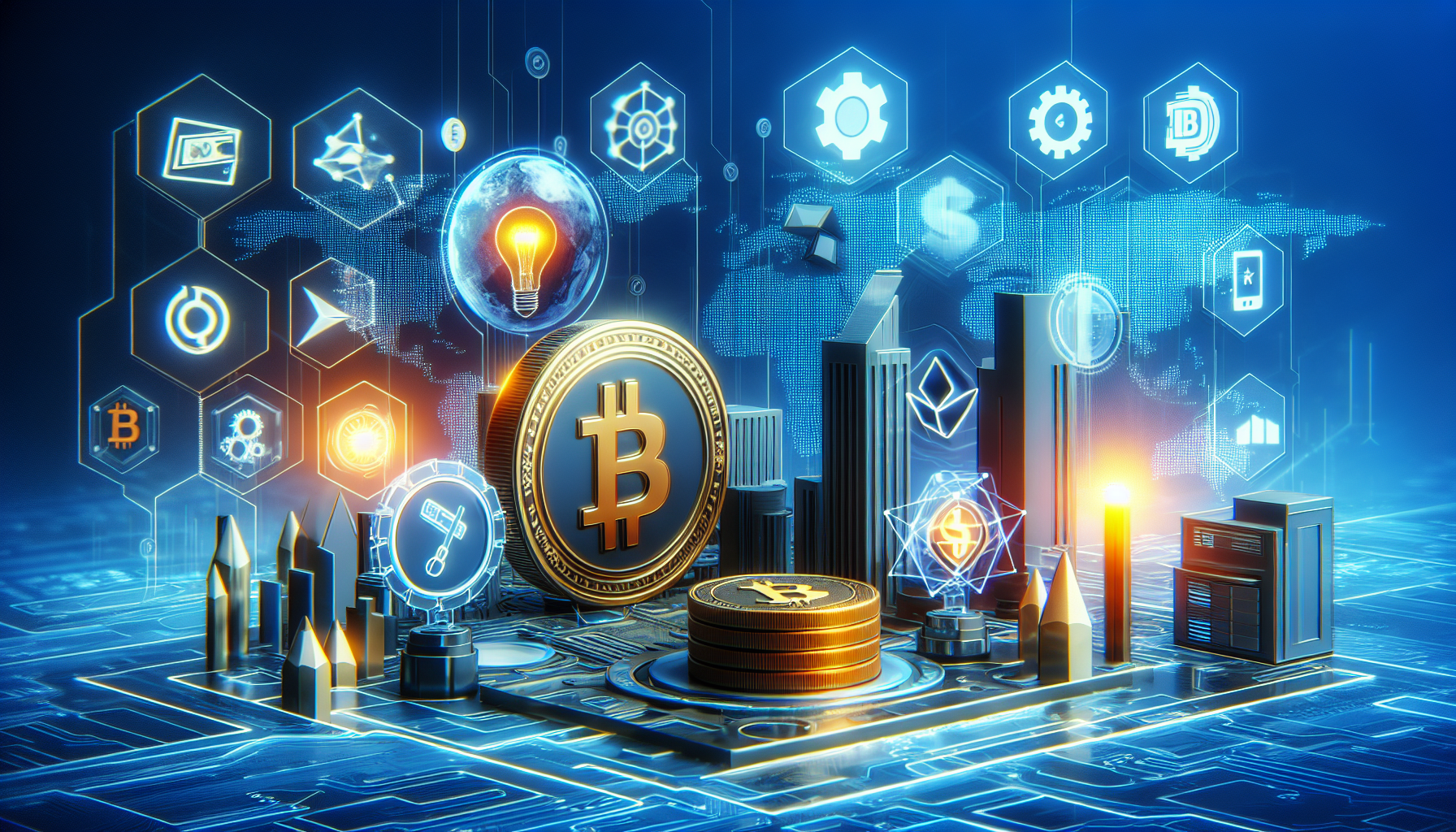Introduction to Real-World Asset Tokenization
Real-world asset tokenization embodies a groundbreaking fusion of blockchain technology with concrete assets, serving as a revolutionary vehicle for asset management and trading within the financial industry. By converting physical assets like real estate, commodities, or artworks into digital tokens on a blockchain, tokenization enables fractional ownership, increased liquidity, and the broadening of investment opportunities.
Through this metamorphosis, assets that traditionally lack liquidity become more fluid, thereby unlocking value and access for a wider audience. This method permits individuals to own portions of high-value assets that would otherwise be inaccessible, substantially lowering entry barriers typically linked with large investments. Blockchain’s intrinsic characteristics, such as permanence and transparency, further enhance the reliability and protection of these digital assets, rendering tokenization an appealing option for both issuers in search of capital generation and investors looking for diversified portfolios.
Furthermore, the expanding ecosystem of tokenization signifies a strong crossover with the realm of cryptocurrency, where smart contracts autonomously execute and enforce intricate transactions, thus decreasing dependence on intermediaries. This reduces transaction expenses and speeds up processes, introducing newfound efficiency to markets that traditionally endure lengthy settlement periods. As the industry evolves, the regulatory environment will inevitably adapt, requiring stringent compliance measures to ensure seamless integration into the global financial framework.
To better understand securing digital assets, you can discover how assets can be secured through staking.
In essence, real-world asset tokenization puts forward an advanced vision of financial inclusivity and innovation, poised to redefine asset ownership paradigms as it gains significance in contemporary economic discussions.
